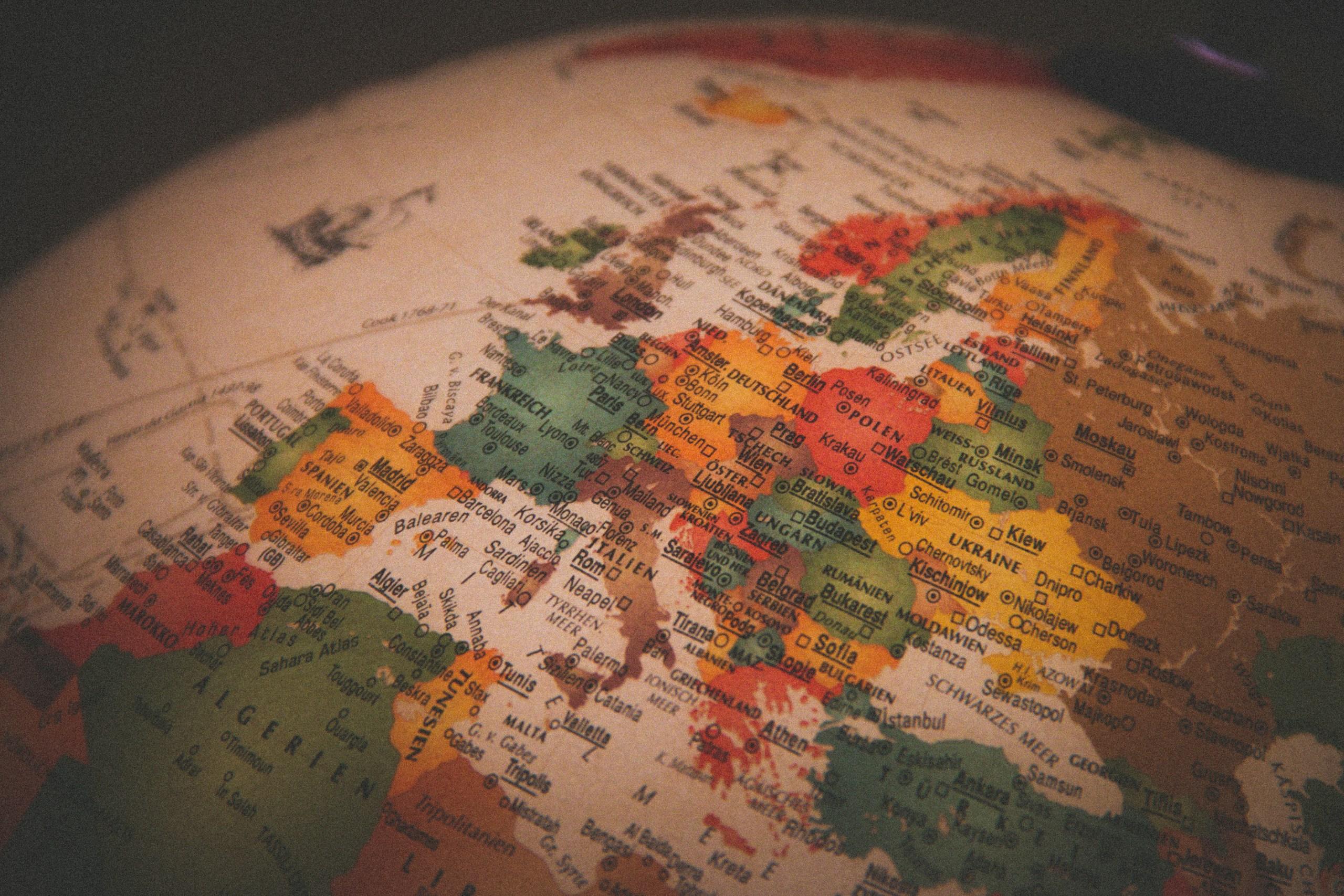How to Solo Travel on a Budget in Europe
Planning an extended vacation as an American can be challenging, especially with the limited paid time off (PTO) that most employees receive. However, when I had the chance to travel for 30 days, I decided to take the opportunity and explore Europe. This trip was not only a last-minute decision but also a way to save money while experiencing multiple countries and cities.
During my journey, I visited seven countries and 18 cities. The longest stay in one city was four days, while others were just day trips. This experience taught me several valuable lessons about solo budget travel, which I now want to share.
Setting a Daily Budget
The first step in any trip is setting a daily budget. You need to determine your travel style—whether you prefer backpacking or staying in comfortable accommodations. Decide how much you are willing to spend on food, transportation, attractions, and other expenses.
An example of a mid-range daily budget could look like this:
- Hotel: €60/night
- Food: €30/day
- Transport: €15/day
- Attractions: €20/day
- Extras: €15/day
Total: €140/day
This totals to €4,200 for a 30-day trip. Keep in mind that the total can vary based on the region, currency exchange rates, and personal choices.
Once you have a clear idea of your daily budget, stick to it as closely as possible. Some days may require more spending, while others will be cheaper. The key is to set a maximum limit and avoid overspending.
City Tourism Cards
City tourism cards or passes are an excellent way to save money and skip long lines in busy cities. These cards offer discounts on major attractions, restaurants, public transport, and guided tours. Savings can range from €100 to €350, depending on the city.
I found these cards particularly useful because they allowed me to visit museums, enjoy meals at local restaurants, and participate in various experiences without breaking the bank. I reached out directly to each city’s tourism board, and some even provided the cards for free. This approach can be beneficial for travel bloggers, journalists, and influencers who want to showcase a city through their work.
Free Walking Tours
Free walking tours are another great way to explore European cities without spending extra. I participated in tours in Brussels and Cologne, and I found them to be both informative and engaging.
These tours are different from paid ones because guides rely on tips rather than fixed fees. This encourages them to provide high-quality service, as their income depends on your satisfaction. I found the guides to be knowledgeable, enthusiastic, and well-prepared, making the experience just as valuable as a paid tour.
Free Attractions
Even if you don’t purchase a city card or join a walking tour, there are still plenty of free attractions to enjoy. Many famous landmarks and historic sites are open to the public outside, and you can explore them without paying an entrance fee.
Museums often offer free admission on specific days, such as the first Sunday or last Thursday of the month. Public parks, gardens, and religious sites like cathedrals and churches are also free to enter. These spots can provide a peaceful place to rest, people-watch, or enjoy scenic views.
Bus and Train Travel
For transportation across Europe, buses and trains are the best options for budget travelers. Buses are generally cheaper but slower, while trains offer more comfort and convenience.
I opted for a Eurail Global Pass, which allowed me to travel between multiple countries. It was ideal for my itinerary and saved me money compared to buying individual tickets. The app made it easy to plan my route, check departure times, and reserve seats. Although some train rides required seat reservations, I found the overall experience worth it.
Budget Accommodations
Finding affordable accommodations is crucial for saving money. Hostels, budget hotels, and Airbnb apartments are all viable options depending on your preferences.
Hostels are the cheapest option and perfect for social travelers. Budget hotels offer more privacy and comfort at a reasonable price. Airbnb apartments can be even more cost-effective, especially if they include a kitchen and other amenities. I found a studio apartment in Budapest that allowed me to cook my own meals and do laundry without extra costs.
Eating on a Budget
Enjoying local cuisine doesn’t have to be expensive. Street food, food halls, and local markets are great places to find affordable meals. Supermarkets and convenience stores are also good options for stocking up on snacks and ready-made meals.
If you do choose to eat at a restaurant, try to dine during lunchtime and look for places where locals gather. Avoid tourist-heavy areas, as they tend to be overpriced. Set menus at lunch are often more affordable and offer better value than dinner.
Other Tips
Smart spending is essential. Book in advance for cheaper prices, and consider using a major bank for ATM withdrawals to avoid fees. Use budget tracking apps to monitor your expenses and stay within your limits.
Conclusion
By following these strategies, I was able to stay under my budget for the entire 30 days and return home with some money left. My experience showed that careful planning, flexibility, and smart choices can make a big difference in how much you spend while traveling. With the right mindset, you can explore Europe on a budget and still have a rich and fulfilling adventure.



